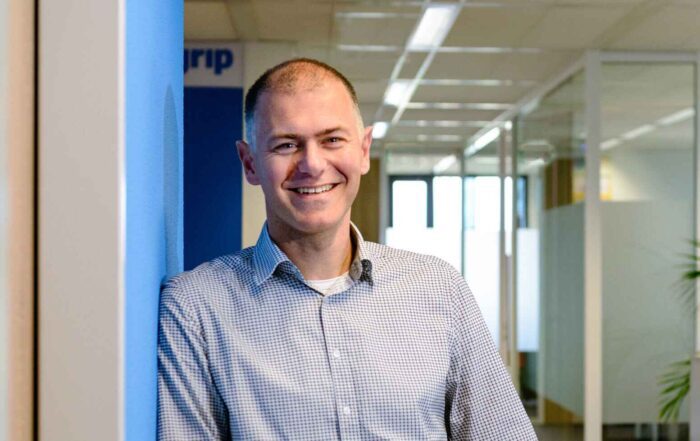A global leader in packaging for food, beverage, medical and other products has 225 sites worldwide and realizes over US$10 billion in sales. The Operations Manager for its Dutch site anticipated that production results could be improved and asked MaxGrip to identify the areas for improvement and help with implementing the changes.
Challenge
The Operations Manager started his job recently and had occupied a different
position within the company previously. He saw quickly that the Maintenance
department could benefit from some extra attention. The production site needed
to give better insights in asset performance and improvement potential,
futureproof the technical organization, and boost morale and performance by
having Maintenance collaborate with other departments such as Operations,
Cost Controlling and Supply Chain.
Approach
High-level assessment
The MaxGrip consultant, a former Production Team Leader and Maintenance
Manager himself, started with performing an improvement assessment.
This included the following steps:
- Data and information analysis including current processes, maintenance
budget over five years and cost overviews. - Site visit including a plant walkdown and interviews with important
stakeholders. These interviews are anonymized and are not meant to evaluate
individual performance but to gather valuable information and insights on the
running of the site. - MaxGrip then synthesized all findings in a report with realistic recommendations
and goals.
The recommendations were focused on getting insights in the performance of the
Maintenance department including the regular improvement potential, improving
the efficiency and therewith the effectiveness of the Maintenance department and
on improving internal collaboration between departments.
Deployment
Based on the recommendations the MaxGrip consultant in close collaboration
with the Operations Manager and Maintenance Manager, deployed these areas
for improvement in the following ways:
- Gaining better insights: setting up monthly reports on maintenance spend
and forecasts, asset failures, top 3 performance killers
- Reducing planned downtime: performing an asset criticality ranking which
aided the smart clustering of maintenance tasks
- Changing way of working: going from shifts to day-time planned maintenance
and on-call shifts for unplanned work.
- Reducing unplanned downtime: by emphasizing focus and change and the
implementation of planned maintenance executed OTIF (on time and in full).
- Improving planning and scheduling: setting up a three-year planned
maintenance schedule with lean maintenance intervals based on clustered
tasks, coaching of the planner to improve skills and way of working in order
to plan more effectively and reduce the maintenance backlog (longer term),
starting collaboration with Supply Chain to have Maintenance become part
of the overall company planning.
- Improving internal collaboration: by implementing the role of Technical Operator
for autonomous maintenance, improve interdepartmental communications by
e.g. sharing the clustered planned maintenance with other departments such
as Operations and Supply Chain.
- Further implementing OEE: improving reporting to show how Maintenance
adds value to Overall Equipment Effectiveness.
The Results: Change Brought Significant Benefits
All of the improvements that were implemented within half a year meant that the
organization had to change significantly in a short span of time. While there was
some resistance in the beginning, the organization became enthusiastic about the
new, futureproof setup quickly due to significant benefits that were achieved:
- The technical staff were able to switch to day-time planned
maintenance work, no longer having to work in shifts. This
improved the work/life balance for people and made the job more
attractive for younger people to come on board. This was proven
as a young new technical staff member joined the team recently. - By improving the planning and sharing this with other
departments, Supply Chain was able to improve their forecasting significantly (from one week to 6/7 weeks). - The Maintenance Manager has grown a lot in his role and has
gained the trust of both the Operations Manager and Site Director.
He has become a valuable part of the management team adding
the much needed vision and perspective of Maintenance. - Operations and Maintenance are working together in an effective
manner partly due to the new role of Technical Operator.
Get inspired
By incorporating multiple strategies and focusing on only the assets most critical for system or business objectives, RCM minimizes life-cycle costs while maintaining production output.
MaxGrip has appointed Mark Mulder in the role of CTO. This will strengthen the independent consultancy portfolio and expand partnerships.
The successful implementation of digital technologies, particularly generative AI, demands a structured change process. This involves not just making the technology available but also enabling individuals to acquire and enhance the necessary skills for its use, thus ensuring the technology's full potential is realized through widespread adoption.





